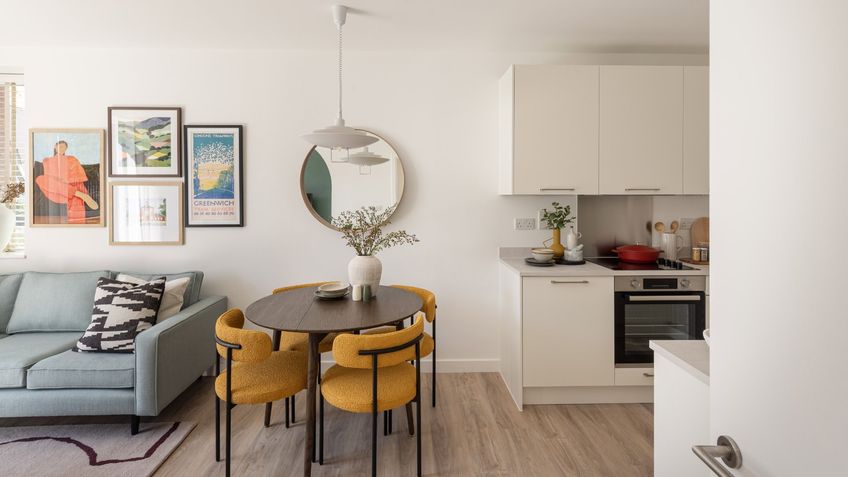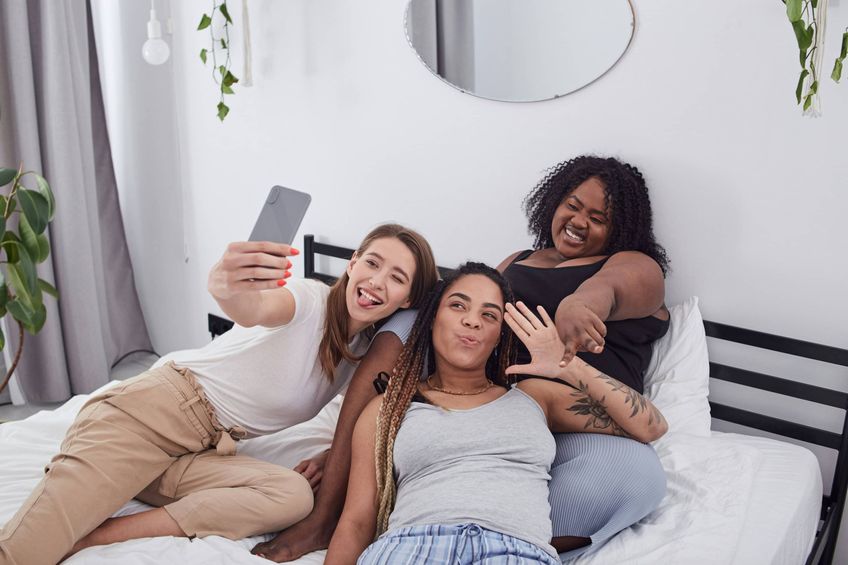Shared Ownership
Search nationwide to find your Shared Ownership home
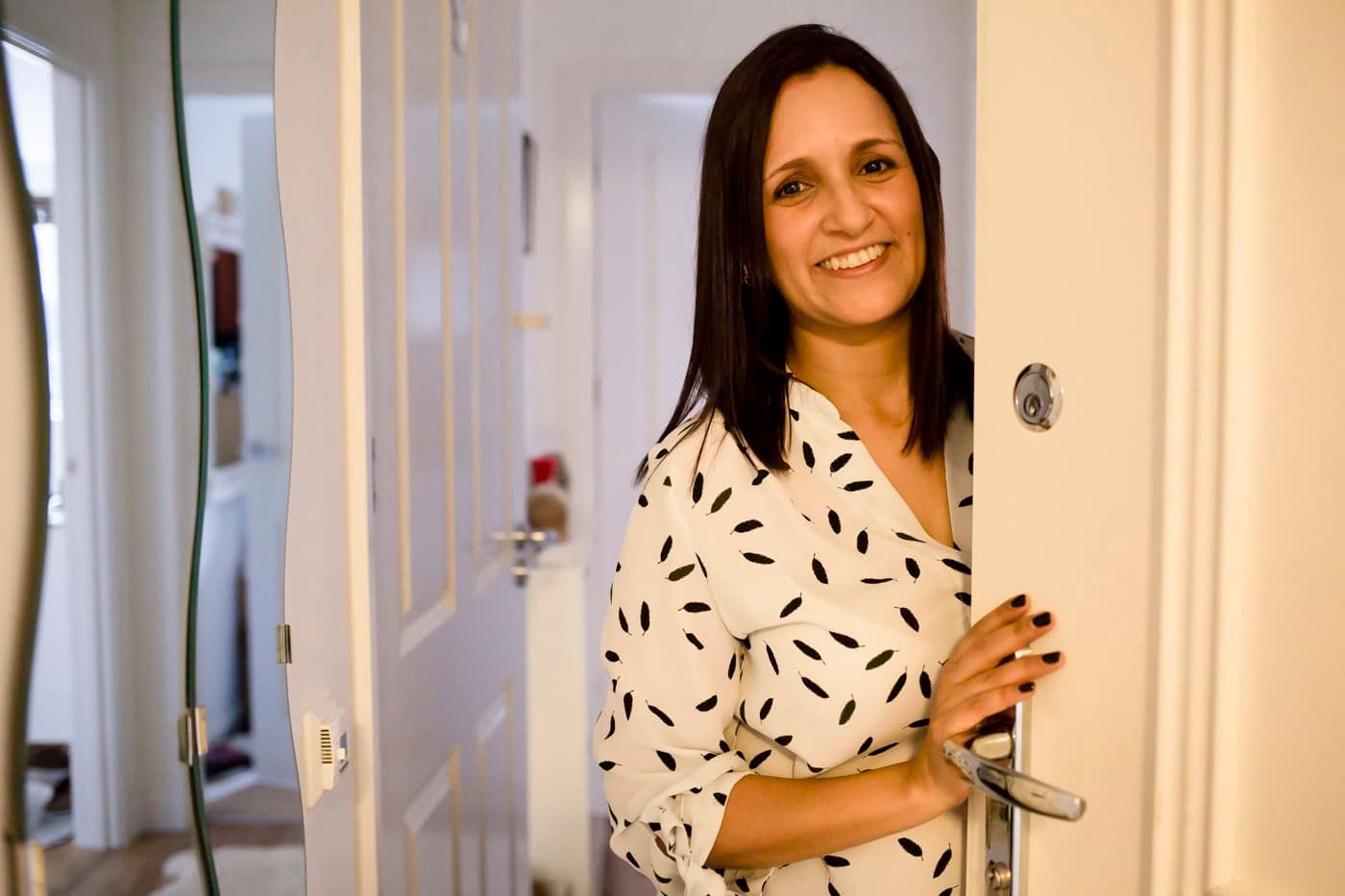
How does Shared Ownership work?

How can Shared Ownership help budding buyers?
Shared Ownership is a homeownership scheme which makes it easier for eligible purchasers to get on the property ladder.
Shared Ownership is a government scheme that allows buyers to purchase a share in a property, usually between 10% and 75%, while paying a reduced market rent to a housing association on the remainder. The scheme gives first time buyers and those that do not currently own a home the opportunity to purchase a share in a new-build or resale property.
Share to Buy is the country’s leading property portal dedicated to affordable home-buying and rental schemes, including Shared Ownership.
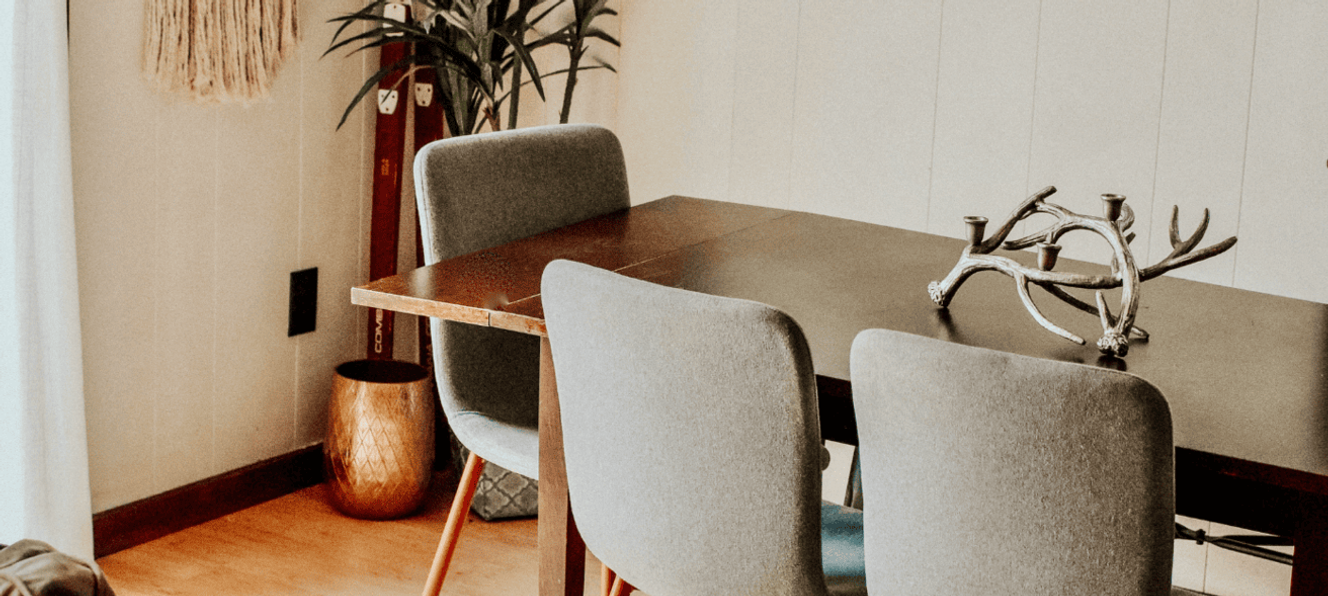
Shared Ownership hub
Learn about the Shared Ownership scheme, discover eligibility and costs, and search for new-build and resale homes in your area.

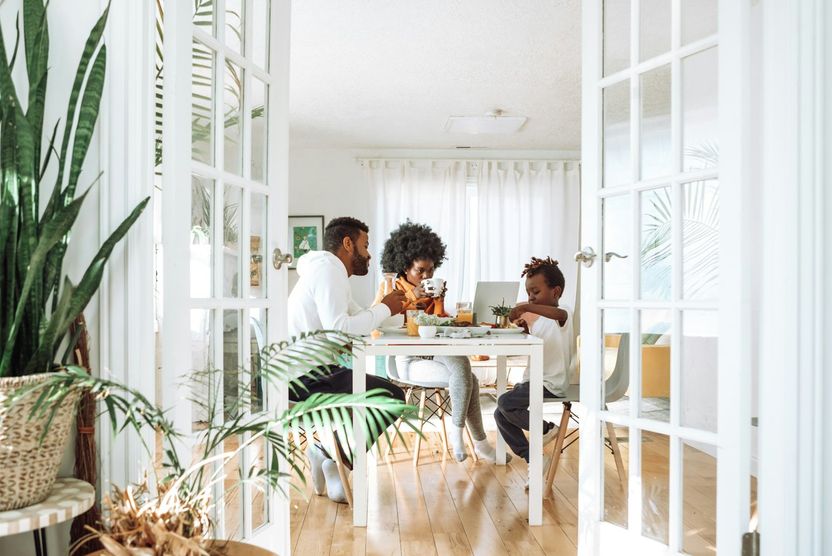
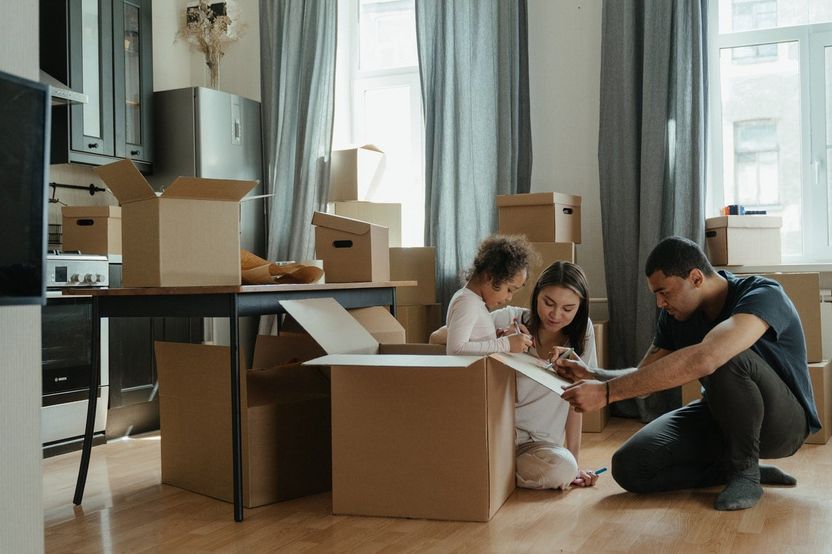


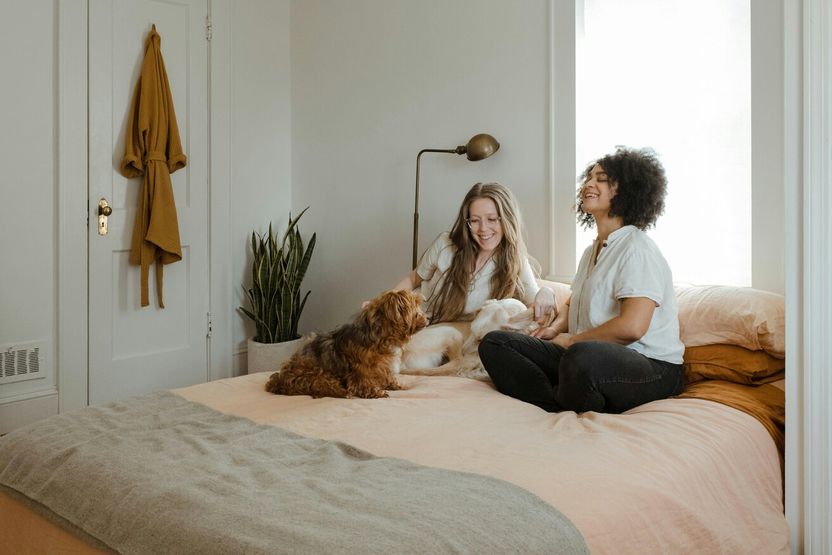
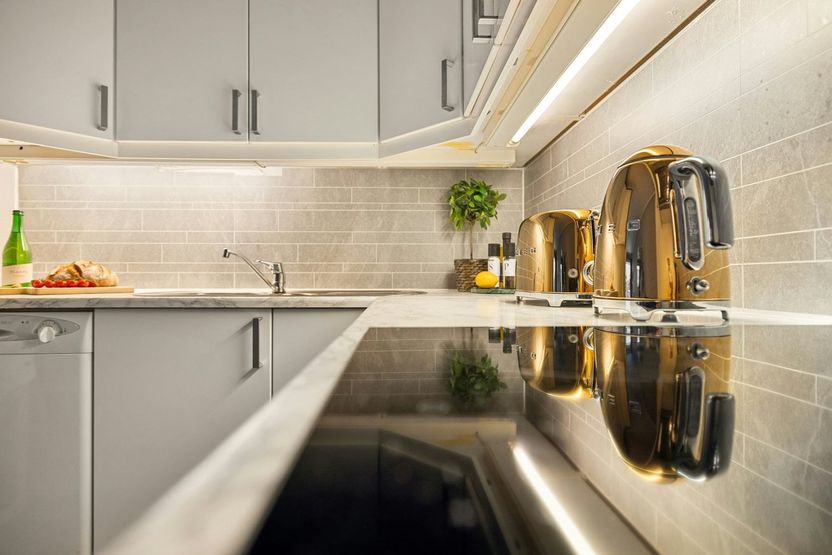
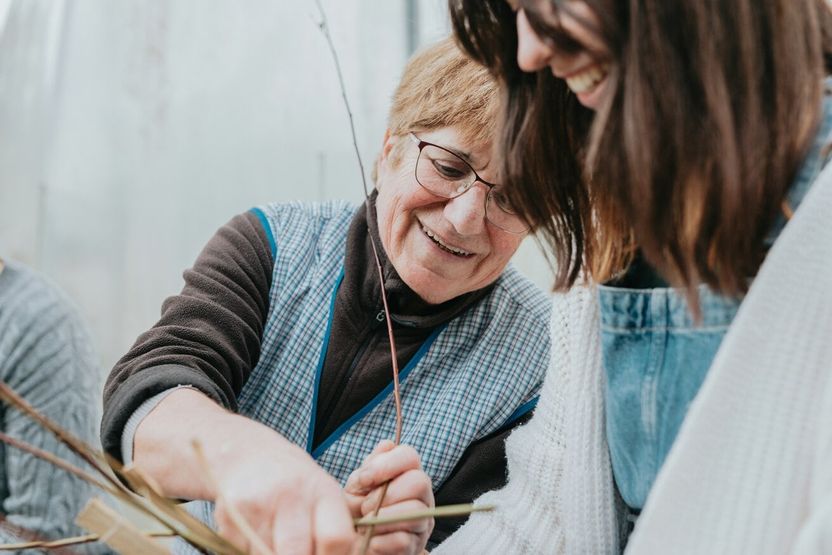
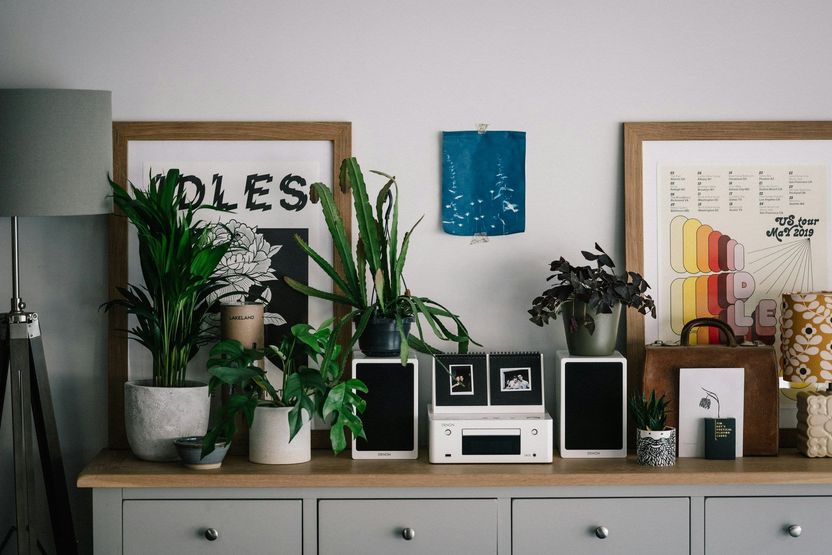
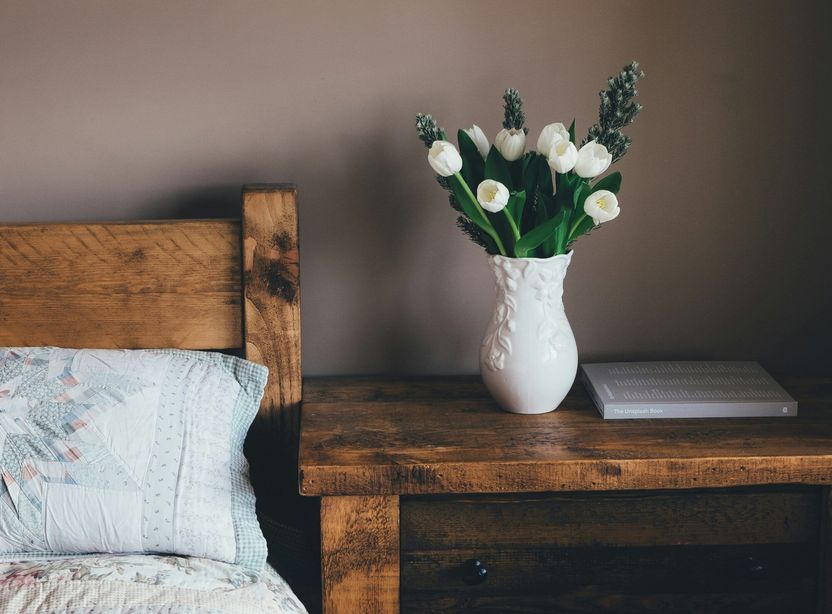
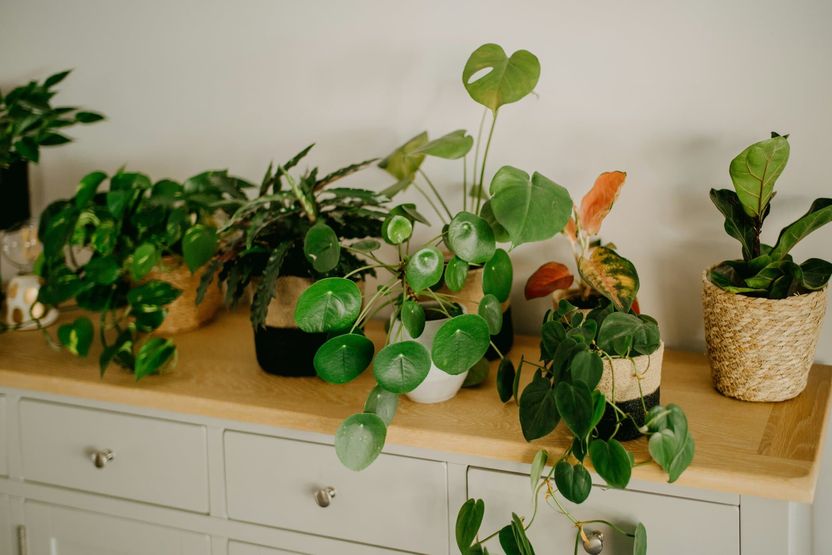
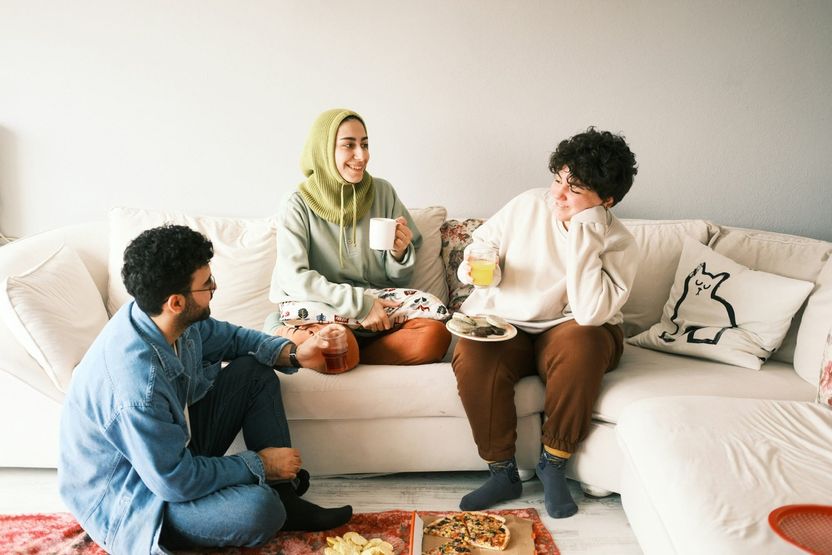
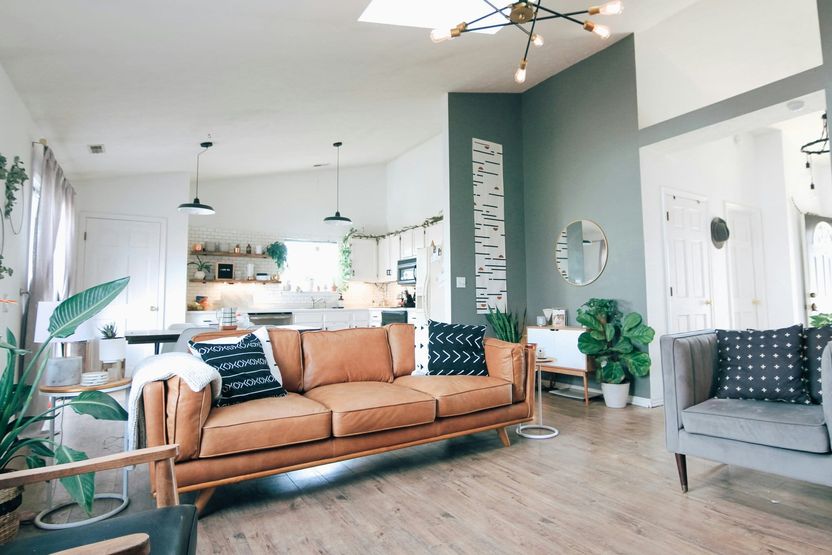


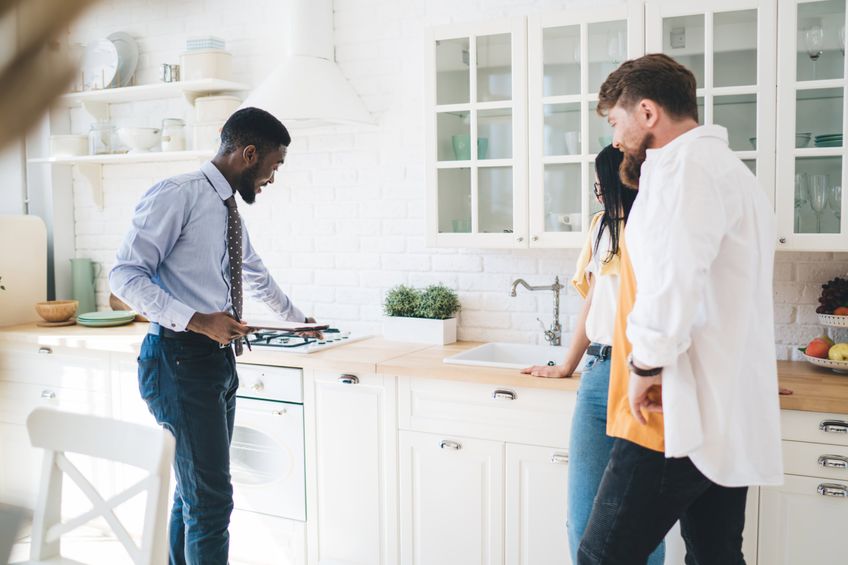
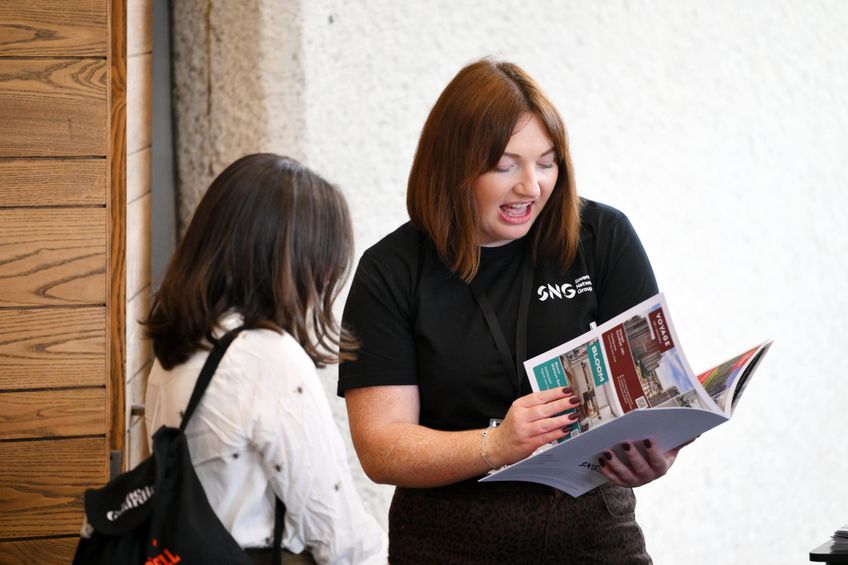

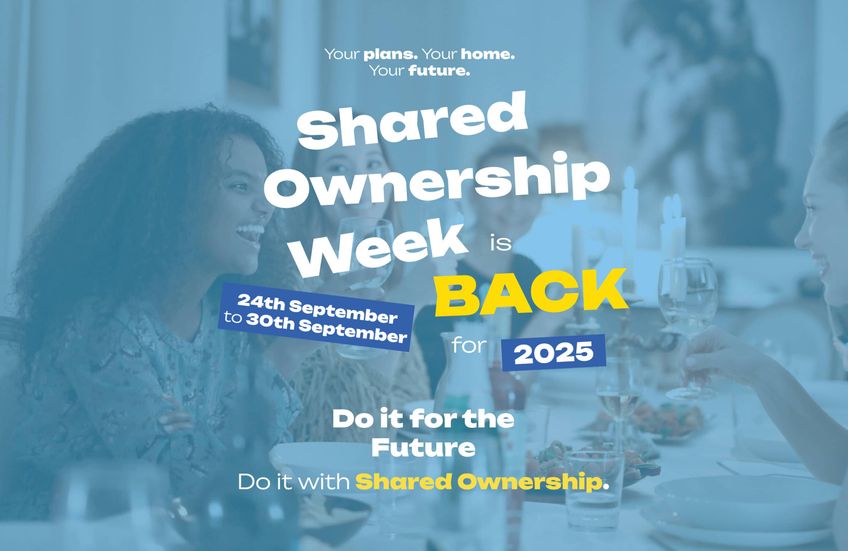
![Banner Image - [Com] 00003 - Couple Sofa Laptop (1).jpg](https://wp.cdn.sharetobuy.com/eyJidWNrZXQiOiJzaGFyZXRvYnV5LXByb2Qtd3AtMjAyNCIsImtleSI6InVwbG9hZHNcLzIwMjVcLzA5XC9CYW5uZXItSW1hZ2UtQ29tLTAwMDAzLUNvdXBsZS1Tb2ZhLUxhcHRvcC0xLXNjYWxlZC5qcGciLCJlZGl0cyI6eyJyZXNpemUiOnsid2lkdGgiOjg0OH19fQ==)

